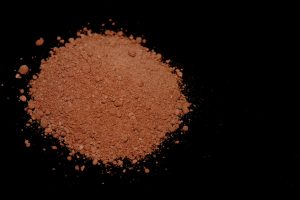In the ketogenic diet, dieters are attempting to use fat stores as their main source of energy via fat breakdown into ketone bodies. There are three types of ketones produced by ketosis: acetoacetate, beta-hydroxybutric acid, and acetone.
- ACETOACETATE: This ketone body is the first product of fatty acid breakdown. It either converts to BHB or to acetone.
- BETA-HYDROXYBUTRIC ACID: This ketone body, also known as BHB, is a product of acetoacetate. While its chemical structure is not classified typically as an actual ketone, it functionally operates as one in the context of the keto diet.
- ACETONE: This ketone body is the spontaneous byproduct of acetoacetate. It is broken down easily and leaves the body in the form of waste or through respiration.
In particular, BHB has been a leading ketogenic supplement trending in the market. This is not without reason though, as BHB is the most abundant ketone body created by the body, accounting for approximately 78% of the three ketones. It’s the main ketone used for energy in ketosis. Furthermore, it supplies energy quickly, especially to the brain, as well as provides neuroprotective benefits such as decreasing the abundance of free radicals, decreasing neuroinflammation, and improving dementia patients’ cognition. Other benefits BHB can supply include aiding gene expression (promoting metabolic health and longevity) and decreasing oxidative stress and inflammation.
As a supplement then, you may find that supplementing with BHB salts helps smooth the transition from a high carb diet to a low-carb, ketogenic diet as your body adjusts to creating ketones. It can help alleviate symptoms from the keto flu, minimizing lethargy, brain fog, and other such symptoms. To use these supplements, you can purchase exogenous ketones, such as ketone esters or ketone salts. Supplements can also be sold in the form of capsules or powder.

